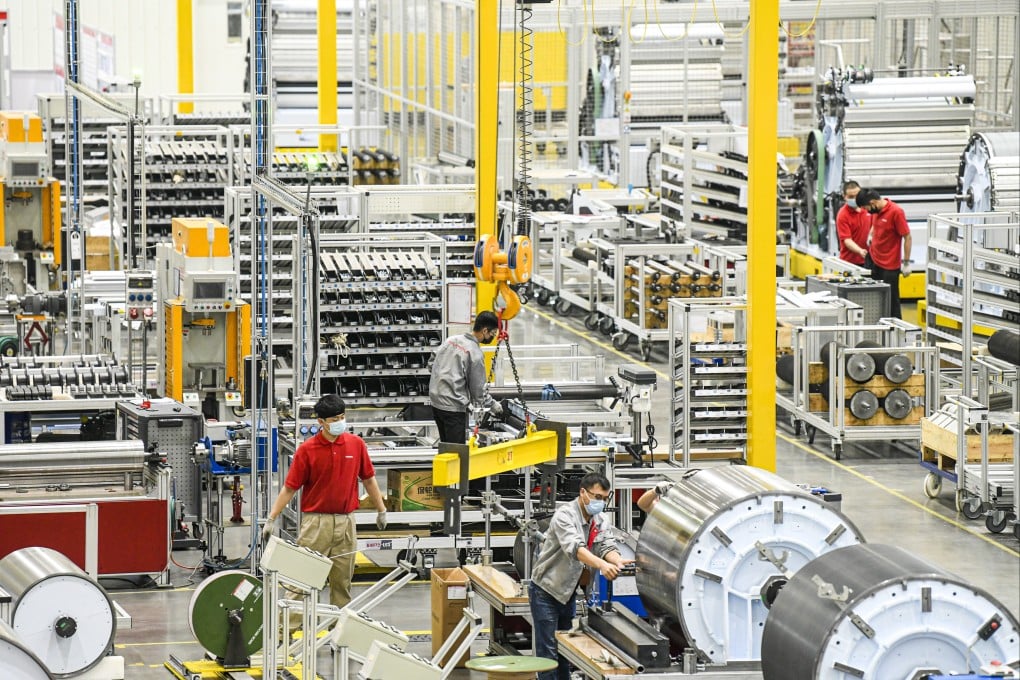China turning US-sanctioned Xinjiang into a free-trade hub, strengthening geopolitical edge in region
- Xinjiang Uygur autonomous region borders eight countries, including Russia, Pakistan and other partners in China’s Belt and Road Initiative
- Ambitious plan to create new manufacturing, innovation and trade hubs in Xinjiang looks to be a regional priority in the coming years

A newly unveiled free-trade hub in the Xinjiang Uygur autonomous region will put the focus on “innovative” and “labour-intensive” manufacturing industries, as Chinese leaders look to turn the US-sanctioned region into an export gateway to Central Asia, South Asia and Europe.
A pilot scheme will take hold in three parts of the country’s northwestern region – Kashgar, Khorgos and the capital city of Urumqi – and it could be up to five years before Xinjiang officially becomes a free-trade zone, according to a notice posted on the State Council website.
“There will be more support to Xinjiang in undertaking what used to be the country’s eastern region’s focus in exports, especially labour-intensive industries,” the statement said.
“Through integrating primary resources from Central Asia, and by processing innovative and advanced components from European countries, Xinjiang is capable of becoming an important industrial hub for Central Asia and Europe, while developing its specialised industries and boosting employment,” it added.
The plan serves as the latest strategic move by Beijing to develop and repurpose the western region hit by Western economic sanctions in recent years.
Xinjiang has become a geopolitical sore spot between China and Western countries. The US and the European Union have launched respective sanctions and export controls on the region following accusations of human rights abuses that Beijing has denied.
